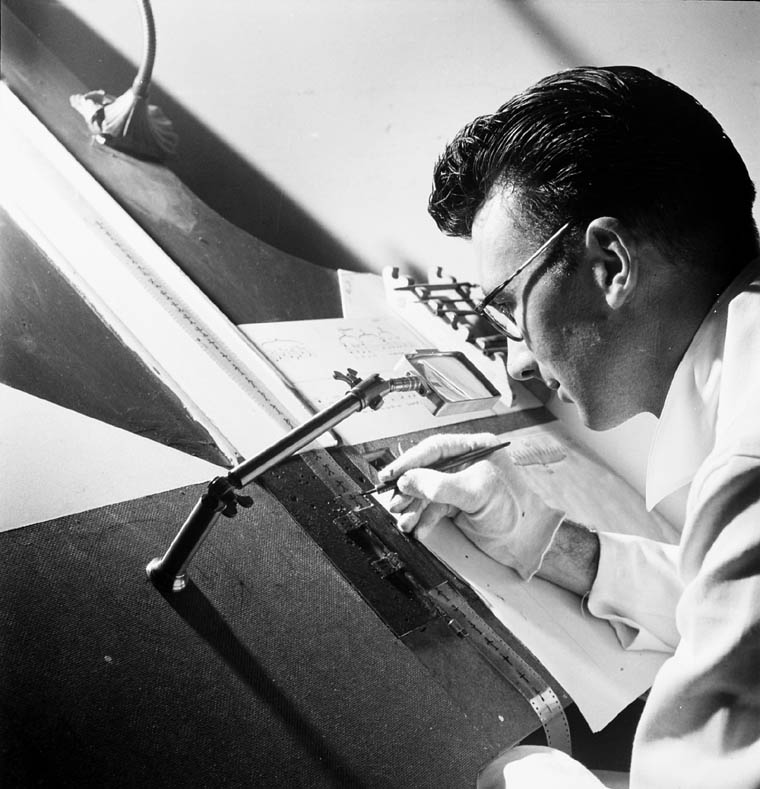|
Harald Siepermann
Harald Siepermann (10 June 1962 – 16 February 2013) was a German animator and character designer. His feature film credits included ''Who Framed Roger Rabbit'', ''Tarzan'', and '' Enchanted''. He lectured extensively on character design and animation. Siepermann was born in Hattingen, West Germany, in 1962. He studied illustration and art at the Folkwang University of the Arts in Essen. He then worked for advertising agencies in Düsseldorf, London, and Zurich. He became the lead character designer for the Dutch children's television series, '' Alfred J. Kwak'', during the 1980s. The series was based on a Dutch theatre show by Herman van Veen. Siepermann collaborated on the show's spinoff merchandise, which included comics and a line of toys, with his former Folkwang University professor, Hans Bacher, who also worked on the show. Siepermann first illustrated the title character in a 1985 poster when the theater show was running in Germany, before being used in 1987 during i ... [...More Info...] [...Related Items...] OR: [Wikipedia] [Google] [Baidu] |
Animator
An animator is an artist who creates multiple images, known as frames, which give an illusion of movement called animation when displayed in rapid sequence. Animators can work in a variety of fields including film, television, and video games. Animation is closely related to filmmaking and like filmmaking is extremely labor-intensive, which means that most significant works require the collaboration of several animators. The methods of creating the images or frames for an animation piece depend on the animators' artistic styles and their field. Other artists who contribute to animated cartoons, but who are not animators, include layout artists (who design the backgrounds, lighting, and camera angles), storyboard artists (who draw panels of the action from the script), and background artists (who paint the "scenery"). Animated films share some film crew positions with regular live action films, such as director, producer, sound engineer, and editor, but differ radically ... [...More Info...] [...Related Items...] OR: [Wikipedia] [Google] [Baidu] |
Theatre
Theatre or theater is a collaborative form of performing art that uses live performers, usually actors or actresses, to present the experience of a real or imagined event before a live audience in a specific place, often a stage. The performers may communicate this experience to the audience through combinations of gesture, speech, song, music, and dance. Elements of art, such as painted scenery and stagecraft such as lighting are used to enhance the physicality, presence and immediacy of the experience. The specific place of the performance is also named by the word "theatre" as derived from the Ancient Greek θέατρον (théatron, "a place for viewing"), itself from θεάομαι (theáomai, "to see", "to watch", "to observe"). Modern Western theatre comes, in large measure, from the theatre of ancient Greece, from which it borrows technical terminology, classification into genres, and many of its themes, stock characters, and plot elements. Theatre artist Patrice ... [...More Info...] [...Related Items...] OR: [Wikipedia] [Google] [Baidu] |
Jester Till
A jester, court jester, fool or joker was a member of the household of a nobleman or a monarch employed to entertain guests during the medieval and Renaissance eras. Jesters were also itinerant performers who entertained common folk at fairs and town markets, and the discipline continues into the modern day, where jesters perform at historical-themed events. During the Middle Ages, jesters are often thought to have worn brightly colored clothes and eccentric hats in a motley pattern. Their modern counterparts usually mimic this costume. Jesters entertained with a wide variety of skills: principal among them were song, music, and storytelling, but many also employed acrobatics, juggling, telling jokes (such as puns, stereotypes, and imitation), and performing magic tricks. Much of the entertainment was performed in a comic style. Many jesters made contemporary jokes in word or song about people or events well known to their audiences. Etymology The modern use of the English word ... [...More Info...] [...Related Items...] OR: [Wikipedia] [Google] [Baidu] |

